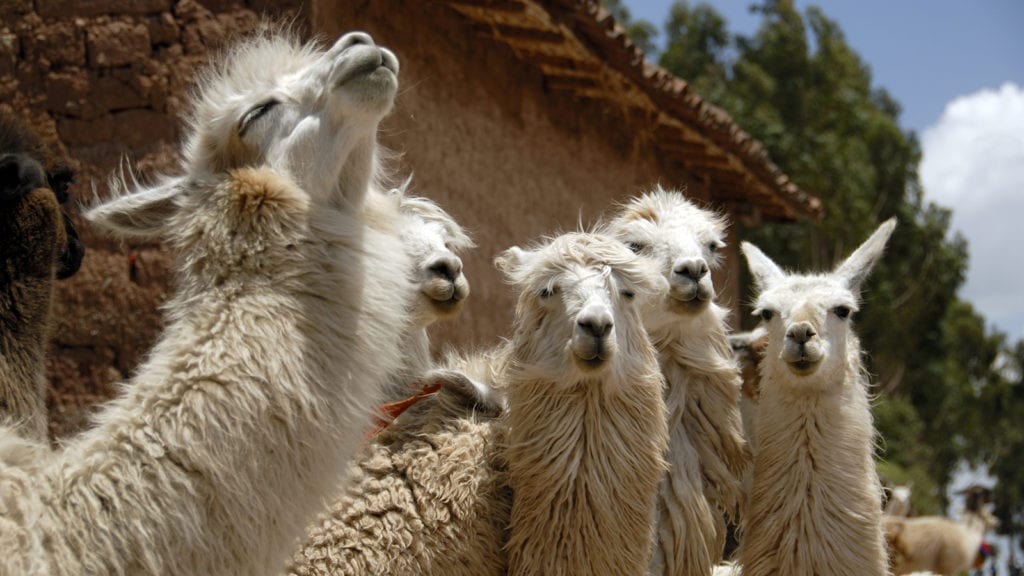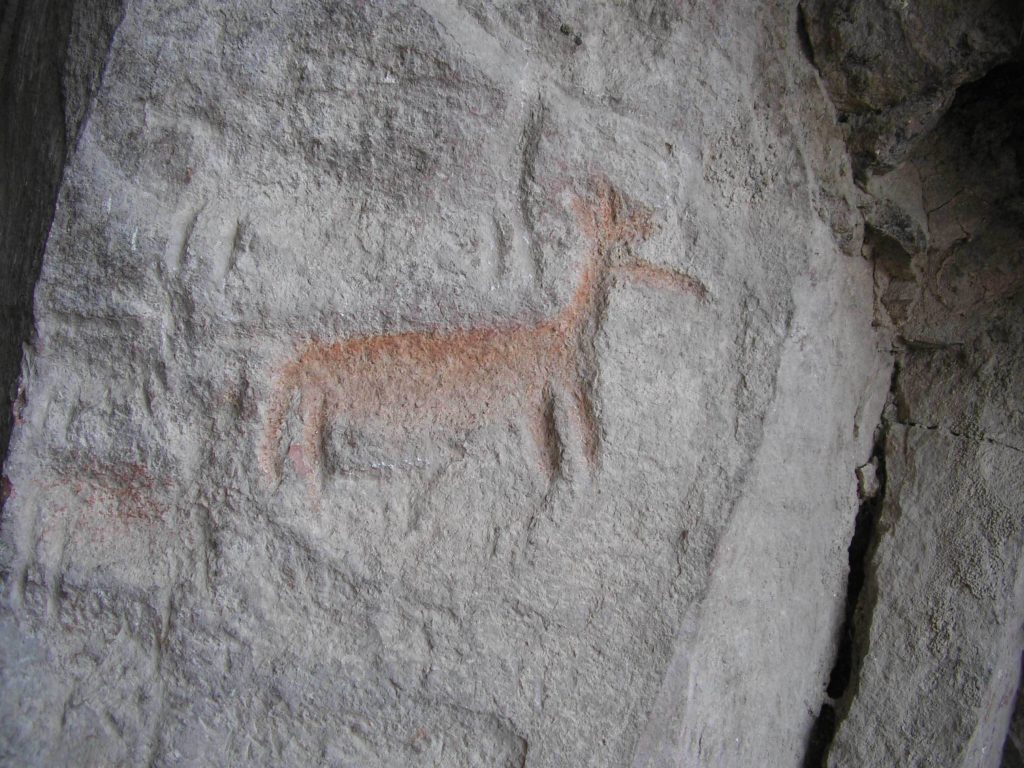The Ultimate Guide To The Colca Canyon
James Bustamante is Native to New York but born to Peruvian parents. He has been traveling throughout Latin America since early 2003 and finally made his home in Peru. James has made his way by eating and traveling through almost every country in Central and South America.
Last Updated on May 5, 2022 by James Bustamante
The Colca Canyon is one of the most popular natural tourist attractions in the south of Peru. The Colca is recorded to be the second deepest Canyon in the world. The best part is that once you travel to see this natural formation, you can take a full-day hike to the bottom of the Canyon.
The Colca Valley is Peru’s third most visited destination and boasts more than 120,000 visitors each year. In a Peru trip, you can plan to visit Arequipa right after your Cusco and Machu Picchu hiking leg of the itinerary. Let’s go over some of the most details of the Colca Canyon and the Colca Valley.
Where Is The Colca Canyon?
The Colca Canyon is situated in southern Peru at around 99 miles (160 km) northwest of the city of Arequipa in the Colca Valley. The edges of the are are set at 13,000 feet (4,000 meters) above sea level, and the bottom of the Canyon is at 6,561 feet (2,000 meters) above sea level.
The Colca Valley’s description is of a colorful Andean valley with inhabitants from a culture predating the Incan empire.
Most of the towns in the valley today were founded during the Spanish colonialization of the south. As a result, many inhabitants come from the Collagua and Cabana cultures native to this region.
These native inhabitants maintain many of their traditions and continue cultivating the “Andenes,” which are stepped-terraces that predate the Incas.
How Deep Is The Colca Canyon?
The Colca Canyon is 6,561 (2,000 meters) feet deep at its lowest point. The Canyon extends to be over 43 miles (70 km) long. The Colca Canyon is also the second deepest on earth.
You can visit the Colca Canyon on a day trip and return to Arequipa city that same day or take a trek down the Canyon to the valley below.
History Surrounding The Colca Canyon
The “Cabanas” was a local Quechua speaking culture that most likely descended from the Wari culture and other Aymara speaking cultures from the Lake Titicaca region in Puno.
At around 1230 AD, the Inca first arrived at the Colca Valley and proceeded to take over the land as they did in other parts of Peru. The difference, in this case, is that the Inca established dominance through marriage instead of war with regional tribes.
The Spanish conquistadors arrived in the region in around 1540 under the guidance of Gonzalo Pizarro. By the 1570s, Francisco de Toledo, the Spanish Viceroy, forced the local inhabitants to leave their villages and houses and moved them to “Reductions,” a series of settlements. These settlements remain to this day and form the central part of the towns in the Colca Valley.
The Spanish would proceed to build their structures in the land. The first chapel in the Colca Valley was built by Franciscan missionaries in 1565, and the first church just a few years later in 1569.
Some of the local inhabitants have unique rituals. For example, the Collaguas, a known tribe in the region, made their homes in the high part of the Colca Valley. Once a family member died, the Collaguas would dig a hole in the rocky valleys in the mountain and mark it with reddish paint. To this day, the tainted red markings are visible as you drive into the rocky Colca mountains.
Travel between Arequipa city and villages in the Colca Valley was difficult until the 1940s, when the Peruvian government built the first roads between the two destinations. The first roads built were used for the mining purposes of silver and copper mines in the region.
More roads were built in the 1970s and into the 1980s, thanks to the Majes Hydroelectric project. The Majes project focused on diverting water from the Colca River to the Majes region for crop irrigation.
The Polish Canoandes rafting expedition led by Andrzej Pietowski made their first descent of the river below Cabanoconde in 1981. Pietowski suggested the possibility of the Colca Canyon being the deepest Canyon on earth. The Colca Canyon was officially recognized by the Guinness Book of World Records in 1984. They were not the only publication to do so; the respected National Geographic foundation posted an article in 1993 that stated the Colca Canyon was the deepest on earth.
Colca Canyon Geography
The Colca Valley is located within the province of Caylloma, nestled between areas known as Callalli and Madrigal.
Chivay is a midpoint that connects roads between Arequipa and the Colca Canyon. Just above Chivay, at over 11,492 feet (3,500 meters) above sea level, you’ll find plenty of agriculture. The locals also have vast herds of Alpacas and Llamas and cattle and sheep.
The Colca Valley below Chivay has a beautiful landscape full of terraces that go on for several miles. As we travel down the valley and the Colca river, we will find several villages spread out through the land. There are approximately 35 miles (56 km) of land where several settlements took place between Chivay and Cabanaconde.
The deepest part of the Colca Canyon is in the region of Huambo. The river at this point has an elevation of approximately 3,500 feet (1,065 meters) above sea level. To put it into perspective, if we travel around 15 miles (24 km) to the South towards Cabaconde, the elevation rises to 20 630 feet (6,288 meters) above sea level upon reaching the Ampato volcano.
Legends Of The Colca Canyon
The Incas believed that the Majes river could flow into the Milky Way galaxy. Due to this local belief, the Incas would place gifts and sacrifices for the Inca gods in the river and let them flow downstream.
The People Of The Colca Canyon
The Colca Valley and thus the Colca Canyon is populated by three main ethnic groups called the Kollowas, The Ccaccatapay, and the Cabanas. There are also some other small er tribes with small populations that formed part of the Colca Valey.
The Cabanas established their settlements along the east of the Colca River basin. The Kollawas also formed part of the easter region of the Colca river, while the CCaccatapay preferred to live deeper in the Colca Canyon area. Today this zone is called the Tapay district.
The local tribes of the Colca Valley were well known as experts in agriculture and renowned livestock herders. Much of this is due to the fertile lands the locals were able to settle on which later the Incas conquered.
The Colca Valley waters are as high as 13,123 feet (4,000 meters) above sea level. At that elevation, water is mainly used for livestock by the local people of the Colca Canyon. Alpacas and Llamas prefer the high altitudes, so they mostly graze in the countryside.
The terrain changes at a lower elevation of around 9,842 feet (3,000 meters) above sea level, and we can find more agricultural areas where the locals grow most of their food. At this point, the Colca Valley turns into the Colca Canyon.
The people of the Colca Canyon don’t just live around excellent agricultural areas. The region is also known for the notable architecture of its churches and the religious art they create.
Apart from its rich agriculture, its churches have notable architecture and valuable pieces of religious art. This artisanship shows the culture and traditions of each one of its communities.
There are also caves hidden in the Colca Valley that have been painted and carved by older cultures. These date back more than 7,000 years. Some carvings and paintings show the natives hunting in the vast highlands; others depict llamas, foxes, the stars, the sunbirds, the southern cross, and other humans.
What To Do At The Colca Canyon?
Once you reach the Colca Canyon, there are several activities for travelers to partake in. These include hiking, adventure spots and going on nature walks.
Wildlife In The Colca Canyon
One of the biggest attractions is to see the giant Andean Condor (Vultur gryphus) in its natural habitat. These bird species have been a big focus of conservation efforts by several organizations.
At the point in the Colca Canyon where we get to see the Andean Condor, we are already so high up that they seem to fly just above onlookers. The condors live to be 70 years old in some cases and have a massive wingspan of 7-9 feet (2.1-2.7 meters).
The Andean Condor symbolizes Eternity or long life to the locals; it is often referred to as the “Eternity Bird.” Most travelers will get to see these giant birds at the “Cruz Del Condor” spot. The bottom of the Canyon is around 3,900 feet below (1,200 meters) the rim of the Canyon, so we are essentially at a higher point than several condor nests.
The Andean condor is not the only giant bird in the area. The Colca also has the giant hummingbird flying around. This species is the largest hummingbird in the hummingbird family, and it can be found throughout the Canyon. If the season is right, other notable bird species of birds we see in the Colca Canyon are the Andean Goose, The Mountain Caracara, and the Chilean flamingo.
Some of the other fauna found in the Colca Canyon include the vizcacha, the chinchilla, deers, foxes, vicunas, and zorrinos, among several more.
Hotsprings In The Colca Canyon
The Colca Canyon sits among several extinct volcanoes and some still active. Although this makes the region seismic, it also means the Colca Canyon has some excellent hot springs to visit. In Chivay, the biggest town in the Colca Canyon, you’ll find the Calera natural hot springs.
Archaeological Sites In The Colca Canyon
The Colca Canyon has several archaeological sites you can visit during your visit. For example, in the Caves of Mollepunko, situated above Callalli you’ll find art showing the domestication of the alpaca. These drawings are said to be over 6,000 years old.
We also find the Fortaleza de Chimpa or Chimpa Fortress, a reconstructed citadel on a mountaintop that looks down on at the Madrigal. Finally, above Sibayo, we see the mummy of Paraqra as well.
Celebrations In The Colca Canyon
Several celebrations take place in the Canyon. For example, there is the Wititi festival in the town of Chivay. It was deemed an official cultural heritage celebration by the Peruvian government. People from all over the region get together, dance to ethnic music, and enjoy local dishes.
Crafts From The Colca Canyon
The people of the Colca region are also known for their superb work on knitted goods made from soft, baby alpaca fiber. For example, you’ll find a local skirt called a “polleras,” mittens, vests, hats, sweaters, etc.

Conclusion
The Colca Canyon has a lot of activities, history, and beautiful panoramic views to offer travelers. Contact us today for a free itinerary if you want to include the Colca Canyon in your next Peru tour package.
Cover Photo by Jean Vella





